An April Vallée Blanche
April 2016 brought to Chamonix some beautiful late season snow and some brilliant sunshine as well. All resulting in a nice set of photos which I posted over on Flickr of a recent Vallée Blanche descent with a group of friends.
Click on the photo to see the entire set.
Descent of the mythic Vallée Blanche
This famous off piste ski descent starts from the Aiguille du Midi high above the town of Chamonix and ends either at the Montenvers train station at the end of the season, or continues all the way down into Chamonix via climbing out of the glacier near the Montenvers train station, and then skiing down via the Mottets route to end at the bottom of the Planards ski area in town centre in mid season if there is good snow.
The Effects of Global Warming
Each year the climb out of the glacier gets longer and longer as thanks to global warming we are losing this fabulous glacier at an alarming rate. When you climb out of the glacier if you are taking the train down, several signs along the way show the level of the glacier in previous years. It’s absolutely appalling how much volume and height the glacier has lost since I arrived here in 2001. Be prepared for this climb – it is more taxing now for some people than the skiing !
Why to take a Guide
The route is normally best done with a mountain guide for the average person who visits Chamonix. There are many variations of the route to take down, but all of them entail going down the narrow ridge from the Midi ice cave (best done in crampons) and onto an open glacier where you will then be faced with the objective dangers of crevasses, weak snow bridges, falling seracs and avalanches. Skiers should wear special safety gear whether or not you go with a guide. Not only should you bring the typical avalanche beacon, shovel and probe, but also you need to wear a harness and crevasse rescue gear including a rope (and have the training to use it!) and have winter mountain and glacier navigational skills and plenty of avalanche safety training if you are going without a guide.
It is indeed the high mountains, and it is not patrolled in any way – your safety is your responsibility. Not for the faint of heart !
As you can see from the photos, we spotted several avalanches and negotiated quite a few crevasses on our way down. The avalanche risk was level 3 on the day we did the descent and we followed a route that was not overly steep to mitigate the danger.
Of course, we also had some amazing fresh tracks in the snow in the early part of the descent – and stunning views of the Alps. Another reason to take a guide – the guides will know where to find fresh powder if it can be had at all !
And why to take a Photographer !
And feel free to contact me if you’d like me to document your Valley Blanche descent or other ski adventure in or near Chamonix ! I will focus on taking the photos so that you can focus on your skiing and soaking in all the amazing views – and you will be actually skiing in your photos instead of showing friends pictures of your feet, only the views with no people – or the world on the end of a selfie stick !


 Français
Français
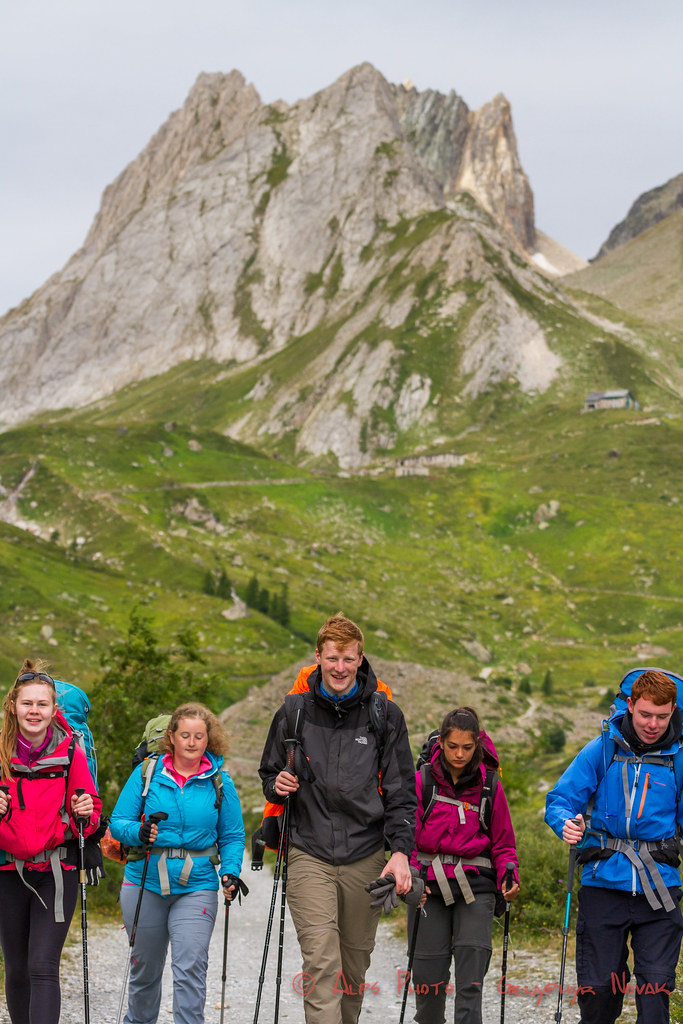

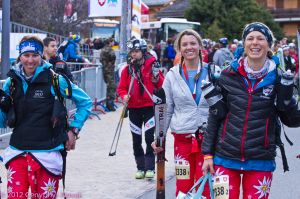
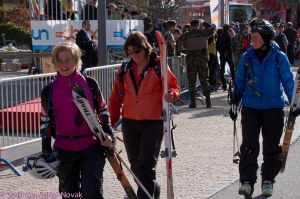
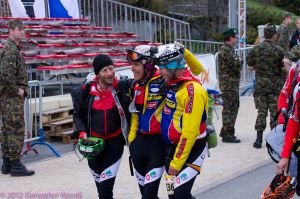
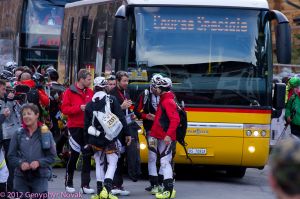
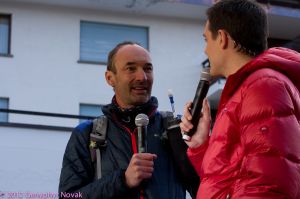




 Projection of the amazing photography of Pascal Tournaire at the Maison de l'Alpage in Servoz at 19h tomorrow -...
Projection of the amazing photography of Pascal Tournaire at the Maison de l'Alpage in Servoz at 19h tomorrow -...